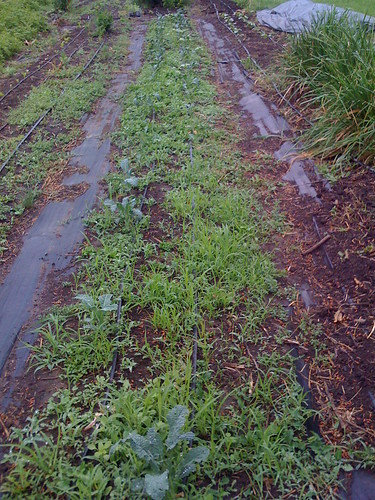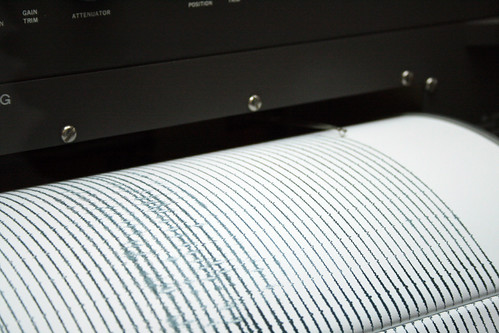Edubloggers: are wikis dying?
Should every web tool try to be all things to all people in order to help the teachers (and school admin) who do not have the time to explore and understand which tool is best suited for which task? In an ideal world, each student, teacher, parent, and administrator (who determines which tools are blocked!), would select from an endless line of tools so each of us could choose a la Amazon: “those who liked this wiki tool also liked this graphic organizer.” But the reality of eduland is that schools (and reticent teachers just starting to “get on board with technology”) cease upon the first tool introduced/endorsed/unblocked and use that one tool to solve far more than its share of tasks. A wiki ends up being asked to act as a blog, a graphic organizer, a microblogging tool, an individual student portfolio, a group project platform, a parent communication tool, a classroom policy page, an embedding host for endless web-based projects, and a calendar (add your uses here). Somewhere in there, the students ask whether they can use another tool, and they are told, “just use the wiki.” Since the wiki CAN hold unlimited embeds, it can easily be that one-tool-fits-all, but should the tool developers feel obligated to be everything to everyone?
Meanwhile not every web-based tool is going to survive. The rich diversity of tools (look at the number of online comic makers or presentation/slideshow tools out there!) will eventually diminish as economics run their course. So maybe having some tools try to be all things to all people is a good idea, just so we don’t have to hep people migrate their content to a new place when their favorite tool(s) die.
My personal opinion is that in the next 2-3 years we will see many tools disappear and only the strong survive. The strong may not be the best tools, but rather the ones that are accessible for the one-stop-shoppers who want to learn only one place. Back in the 90s, AOL was all the rage for people who really didn’t “get” the Internet. After 6-7 years, AOL was no longer needed. The one stop tools will help teacher through the transition as education figures out how to get MOST teachers and kids connected and fluent with technologies. Then users will once again vote with their feet and move to the boutique tools.
Walmarts once popped up and thrilled consumers with their easy prices and approximation of meeting consumer “needs,” then the cycle moved on as selected consumers move to the boutiques and specialty options. Right now education is still in the Walmart phase.Teachers and school don’t understand that it all works together. We still have to help all of them, not just the ones who shop with us.







